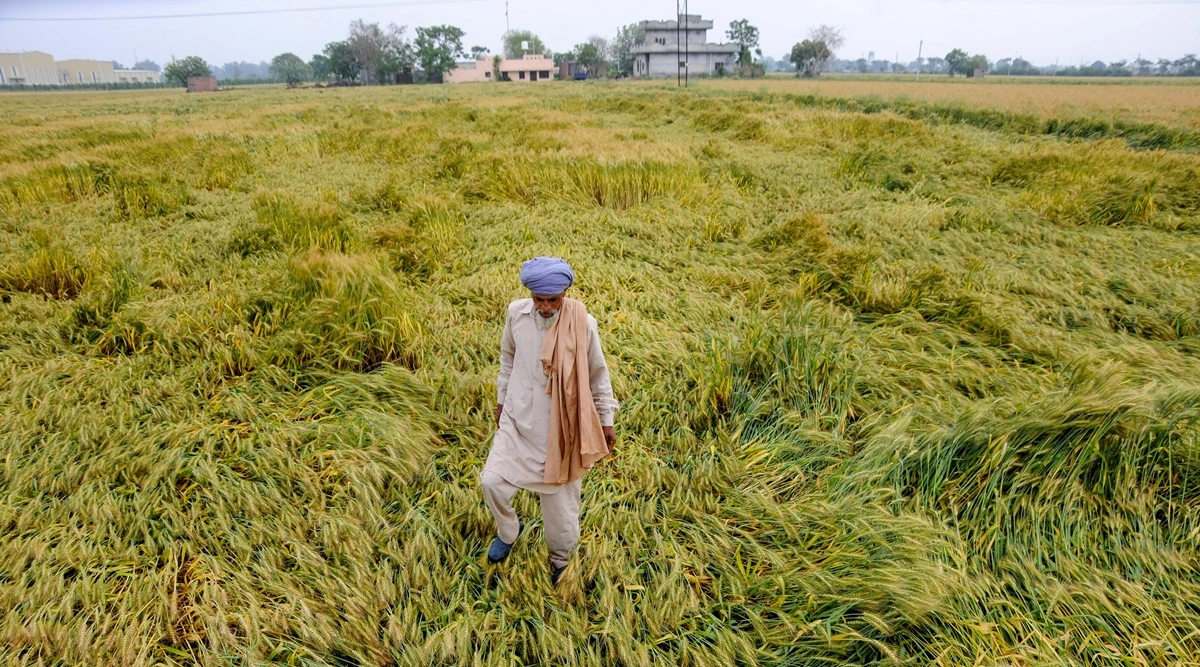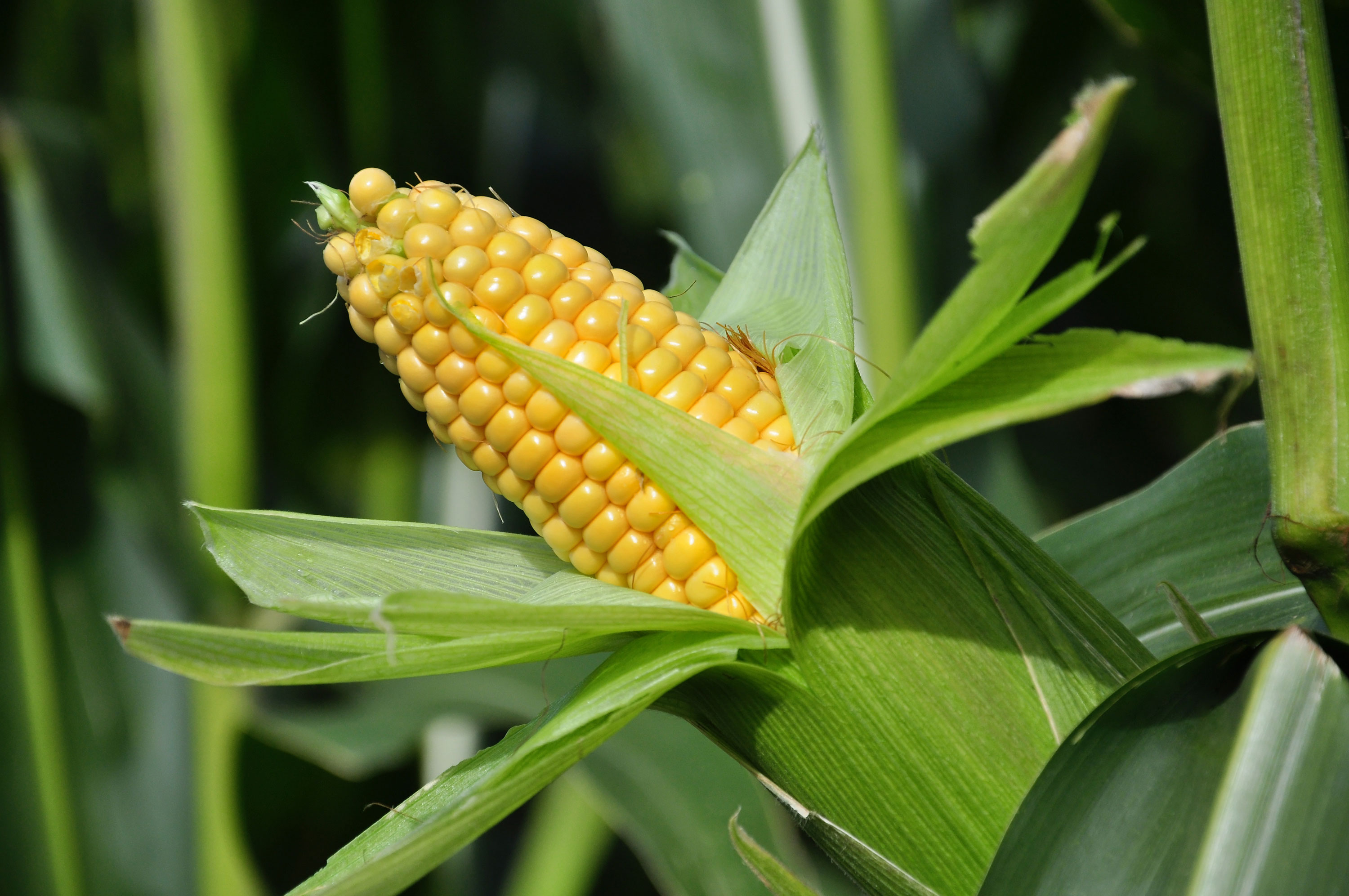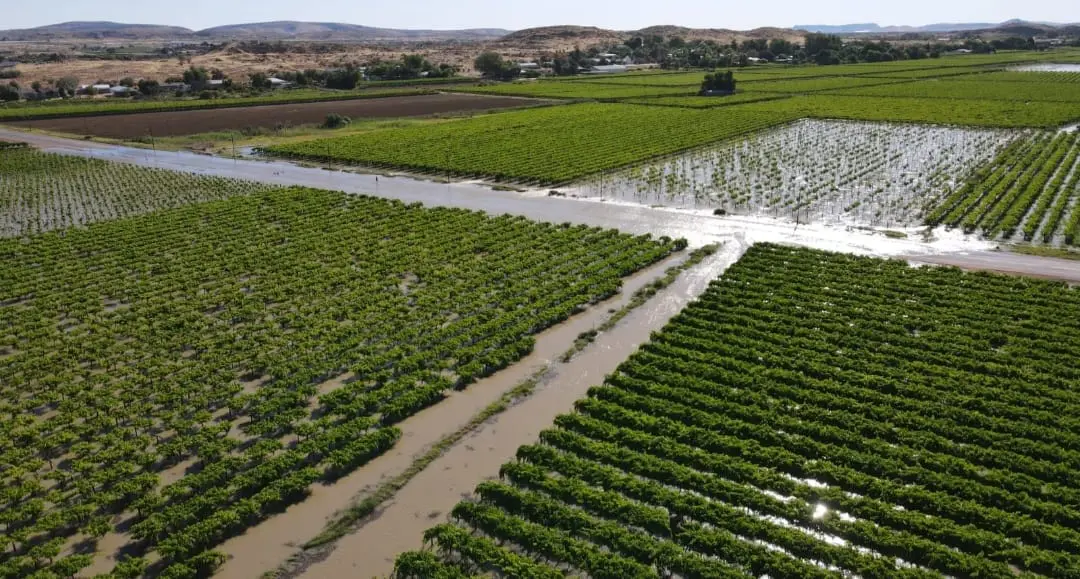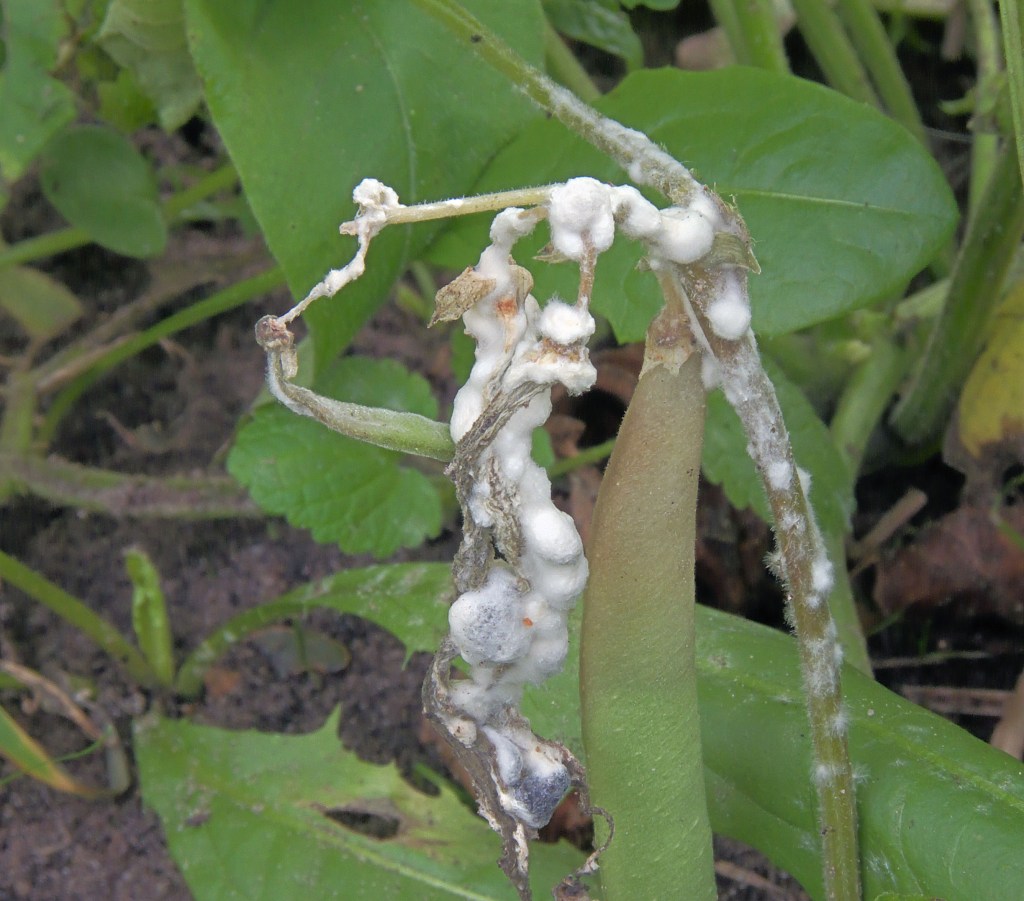China - Virus turns deadly plant fungus from foe to friend
30.09.2020 413 views
ScaleAgData Stakeholder Engagement Event
22.10.2024The ScaleAgData project is pleased to invite you to our second stakeholder event. Building on the discussions and connections formed during our first webinar, this event will focus on fostering collaboration among stakeholders, providing updates on our project’s progress, and outlining future opportunities for engagement.

India - Delayed crop loss survey keeps Cauvery delta farmers in limbo
Nearly 90,000 hectares of samba and thalady crops are submerged, raising fears for the next cultivation cycle.

Romanian farmers to get financing support with €25 million EIB loan to Agricover Credit
Romanian farmers will be eligible for extra financing as a result of a €25 million loan that Agricover Credit IFN SA is receiving from the European Investment Bank (EIB).

UAE launches AI ecosystem to boost global agricultural resilience
The United Arab Emirates has launched an AI-powered agricultural ecosystem, partnering with global institutions to help farmers adapt to climate change and food security challenges.

Bulgaria Opens €278M CAP Grant Calls for Farm Investments in Vulnerable Sectors
CAP Investment Support Calls Open in Bulgaria

India - Maize Farmers in Bihar’s East Champaran Hit by Crop Diseases After Floods and Drought
Farmers in eastern Bihar say fungal and bacterial infections are damaging young maize plants, raising fears of yield losses after a season already disrupted by floods and drought.

Farmers’ Revolt in Greece Intensifies Amid State Repression
Greek farmers have escalated nationwide protests in December 2025, deploying thousands of tractors to block major highways, borders, ports, and even airports like Heraklion in Crete.

USA - USDA launches $700 million pilot to expand regenerative agriculture
The U.S. Department of Agriculture on Wednesday unveiled a $700 million pilot program to help farmers adopt regenerative agriculture practices aimed at improving soil health, water quality and long-term farm productivity while strengthening the nation’s food supply.

South Africa - Hail and flooding demand critical crop insurance safety net
A single storm can wipe out a season's work. With climate change creating new hail hotspots, as seen across four South African provinces recently, the threat is less predictable than ever.




